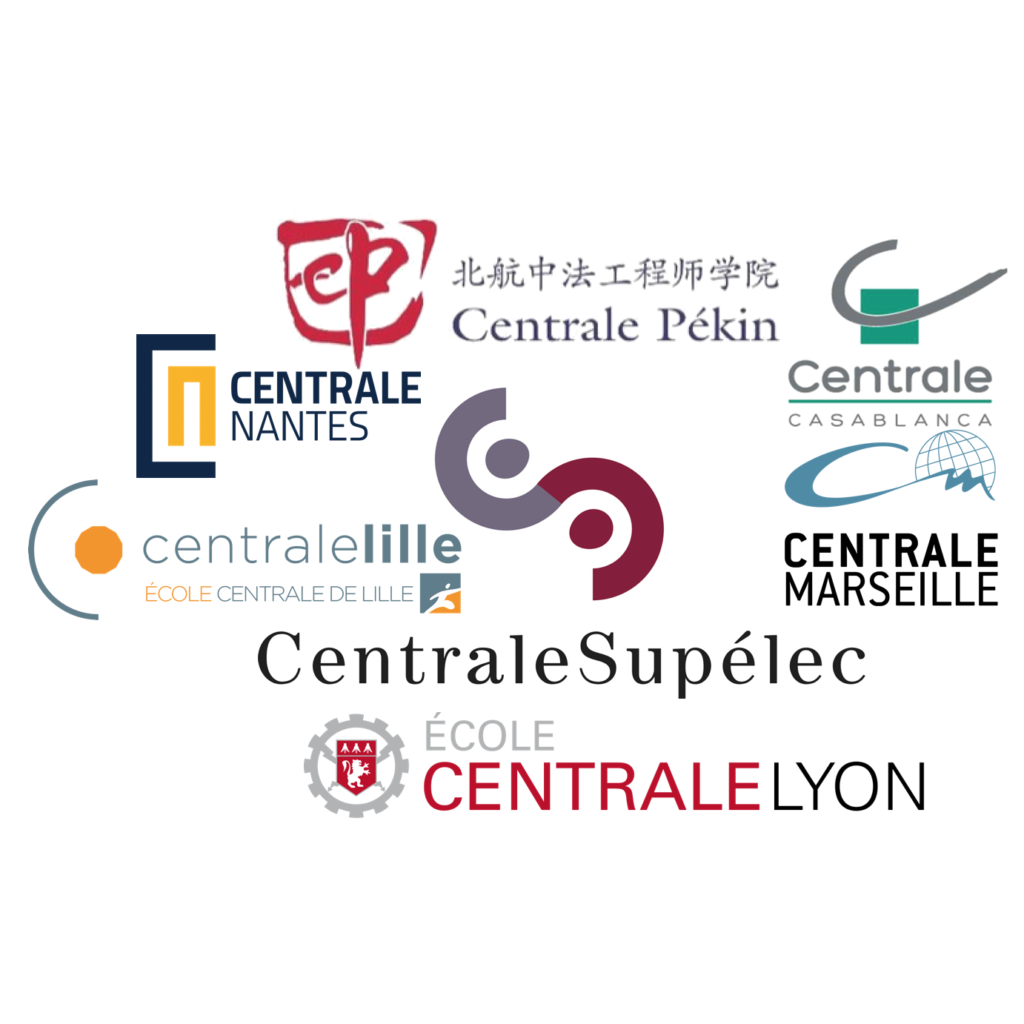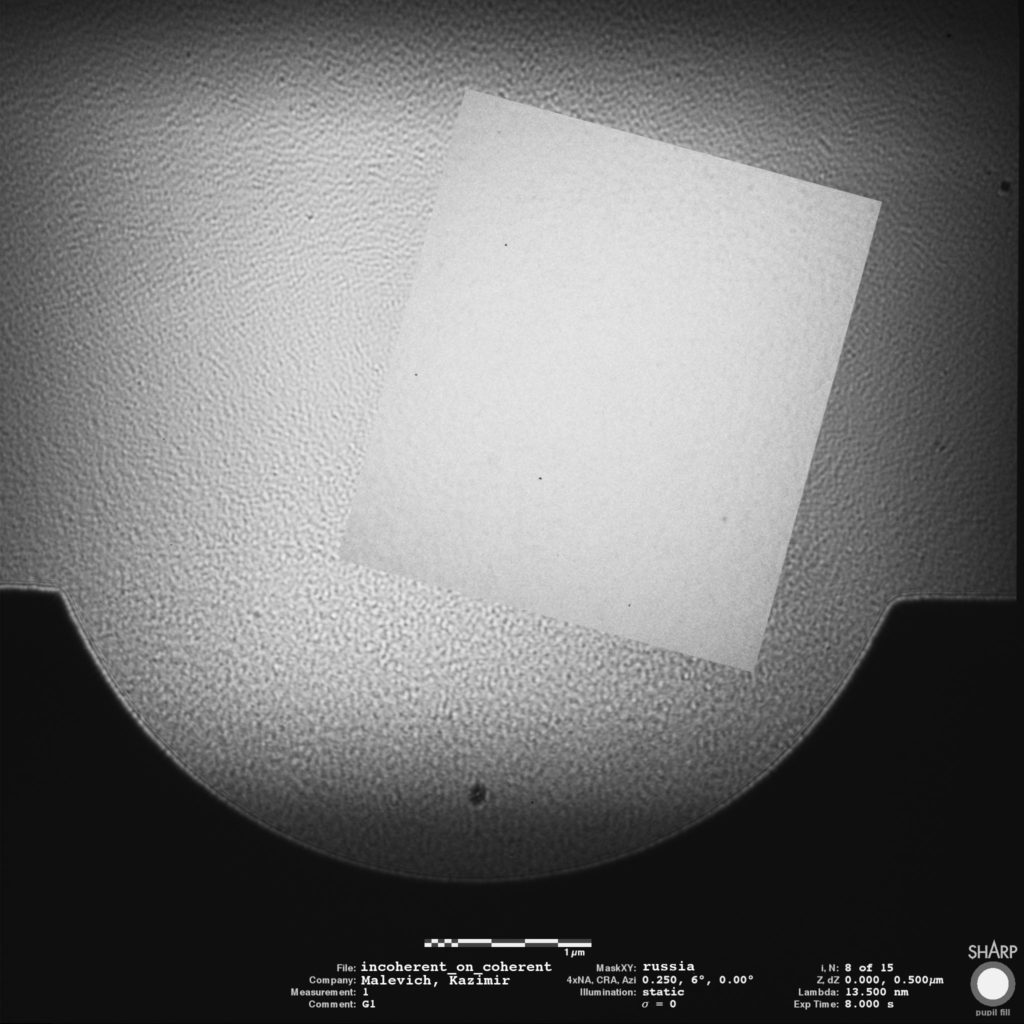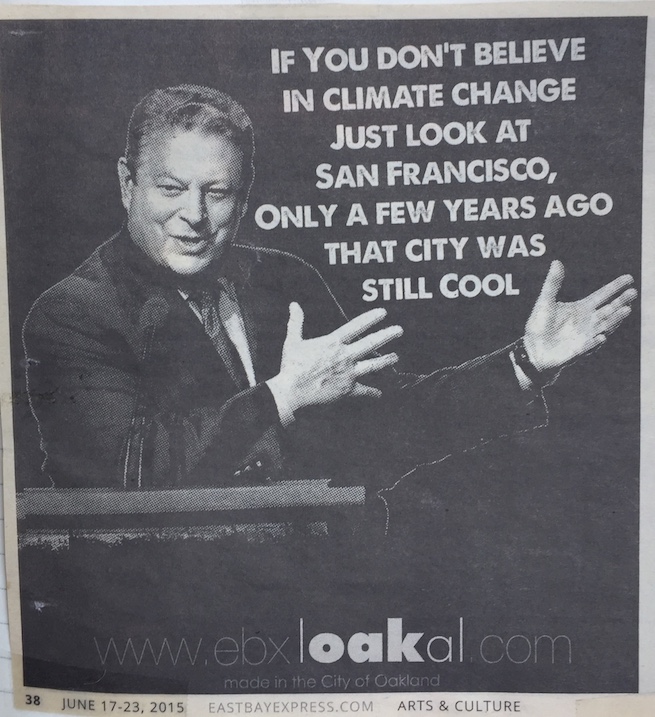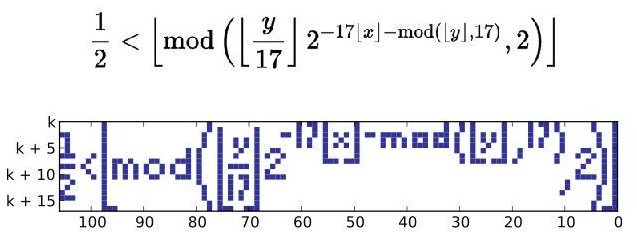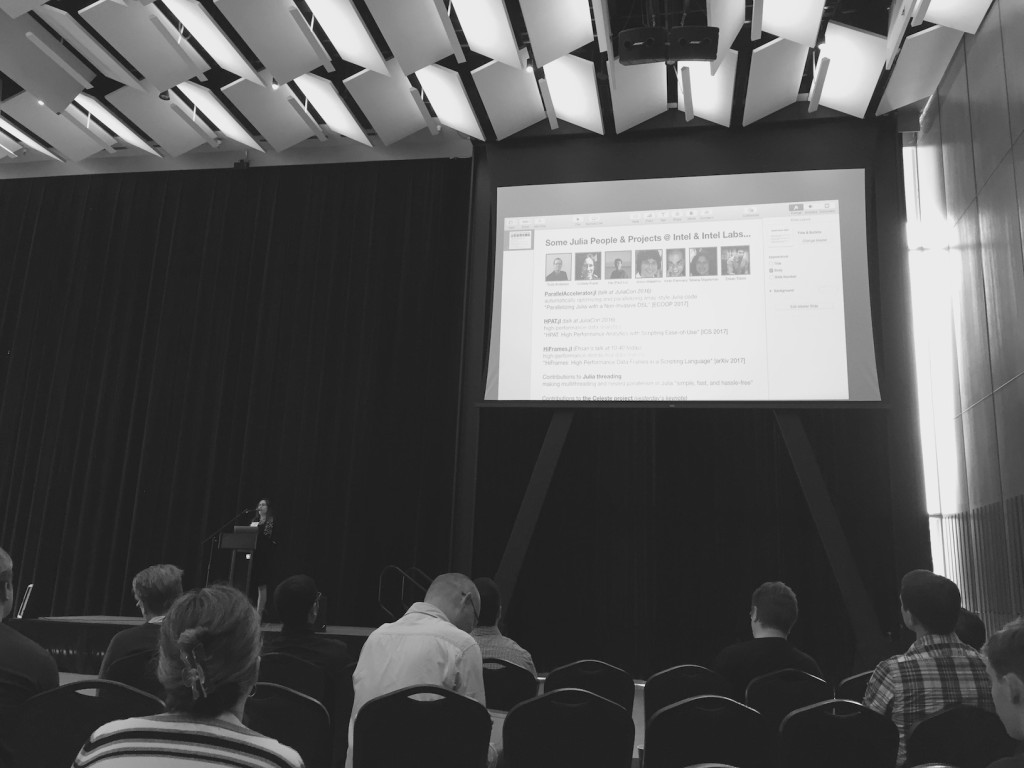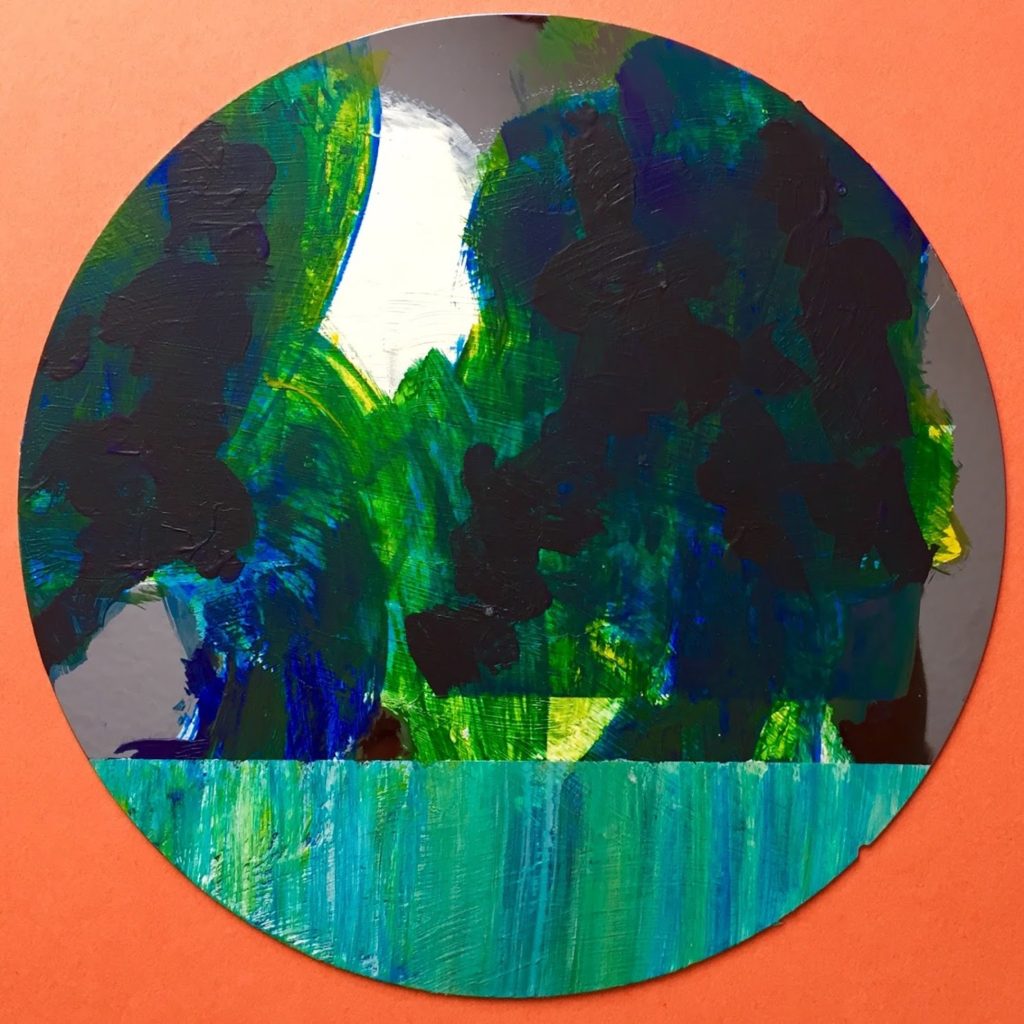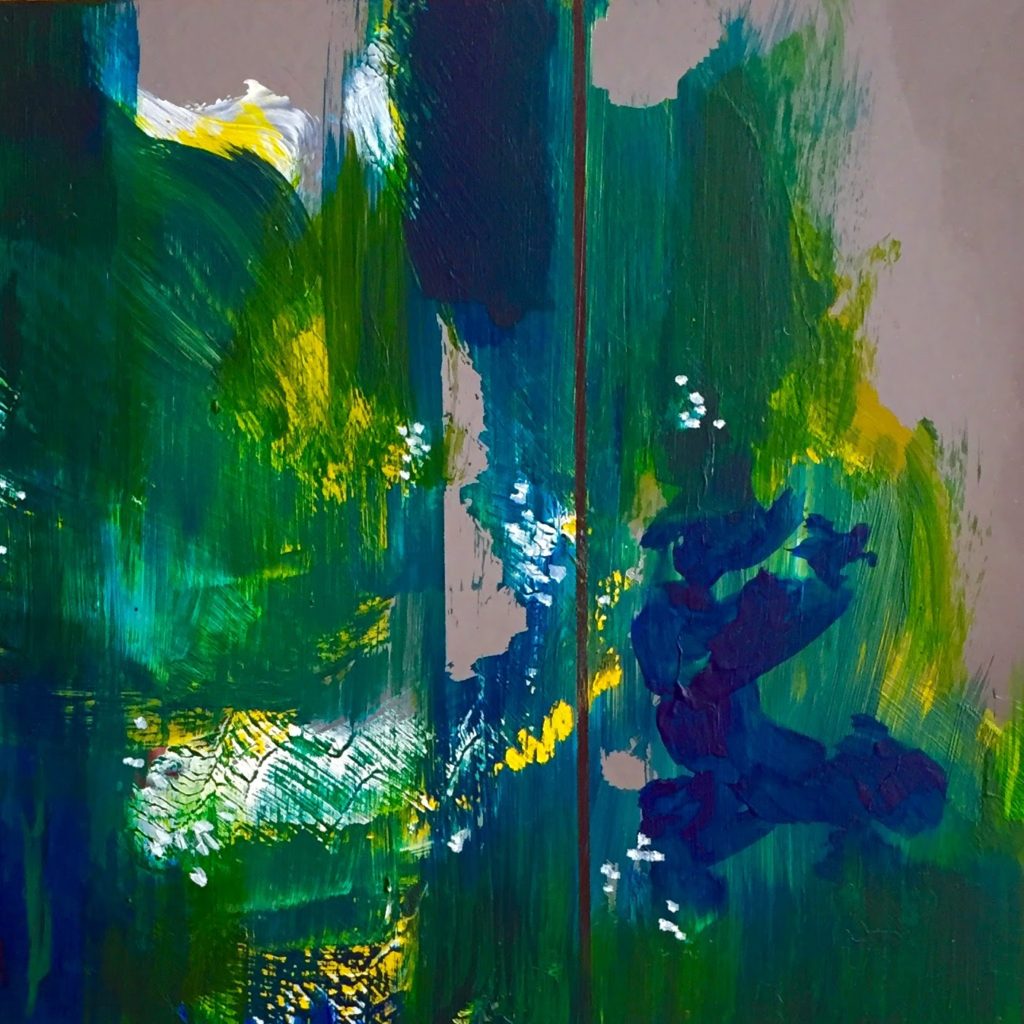This year I’m chairing the Computational Imaging session at the SPIE Defense + Commercial Sensing, in Orlando, Fla., April 16-19, 2018, together with Aamod Shanker. We have invited a lot of amazing speakers and we are organizing a panel discussion on the trends in computational imaging.
Here’s
the program:
SESSION 6 TUE APRIL 17, 2018 – 11:10 AM TO 12:00 PM
Computational Imaging I
[10656-22] “Ultra-miniature…”David G. Stork, Rambus Inc. (USA)
[10656-36] “Computed axial lithography: volumetric 3D printing of arbitrary geometries” Indrasen Bhattacharya
Lunch/Exhibition Break Tue 12:00 pm to 1:50 pm
SESSION 7 TUE APRIL 17, 2018 – 1:50 PM TO 3:30 PM
Computational Imaging II
[10656-24] “Terahertz radar for imaging…”Goutam Chattopadhyay
[10656-23] “Computational imaging…” Lei Tian
[10656-26] “Achieving fast high-resolution 3D imaging” Dilworth Y. Parkinson
[10656-27] “Linear scattering theory in phase space” Aamod Shanker
PANEL DISCUSSION TUE APRIL 17, 2018 -4:00 PM TO 6:00 PM TUESDAY POSTER SESSION TUE 6:00 PM TO 8:00 PMSESSION 8 WED APRIL 18, 2018 – 8:00 AM TO 10:05 AM
TUESDAY POSTER SESSION TUE 6:00 PM TO 8:00 PMSESSION 8 WED APRIL 18, 2018 – 8:00 AM TO 10:05 AM
Computational Imaging III
[10656-28] “High resolution 3D imaging…” Michal Odstrcil
[10656-29] “A gigapixel camera array…” Roarke Horstmeyer
[10656-30] “EUV photolithography mask inspection using Fourier ptychography” Antoine Wojdyla,
[10656-31] “New systems for computational x-ray phase imaging…” Jonathan C. Petruccelli,
[10656-68] “Low dose x-ray imaging by photon counting detector”, Toru Aoki
Continue reading →
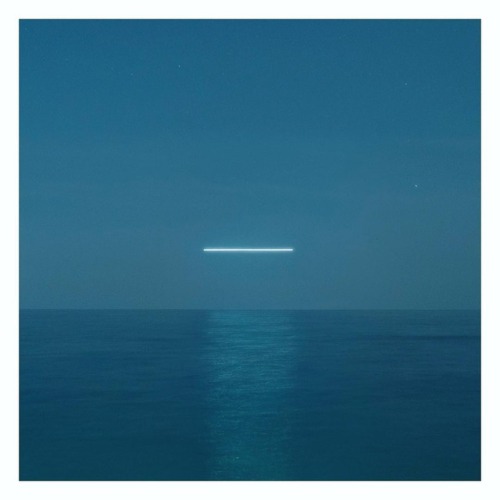 neration of synchrotron light source, I’ve just started dlsr.org (Diffraction-Limited Storage Ring), and created relevant articles on Wikipedia (entries for (Diffraction-Limited Storage Ring and Beijing’s High Energy Photon Source.)The goal is to have platform to share knowledge and ideas in a format more flexible than conferences and papers (it takes inspiration from Rüdiger Paschotta’s momentous Encyclopedia of Laser Physics and Technology, though it does not aim to be as comprehensive!)Let me know if you’re interested in contributing!
neration of synchrotron light source, I’ve just started dlsr.org (Diffraction-Limited Storage Ring), and created relevant articles on Wikipedia (entries for (Diffraction-Limited Storage Ring and Beijing’s High Energy Photon Source.)The goal is to have platform to share knowledge and ideas in a format more flexible than conferences and papers (it takes inspiration from Rüdiger Paschotta’s momentous Encyclopedia of Laser Physics and Technology, though it does not aim to be as comprehensive!)Let me know if you’re interested in contributing!
